Climbing Kilimanjaro - Essential FAQs for a Successful Summit
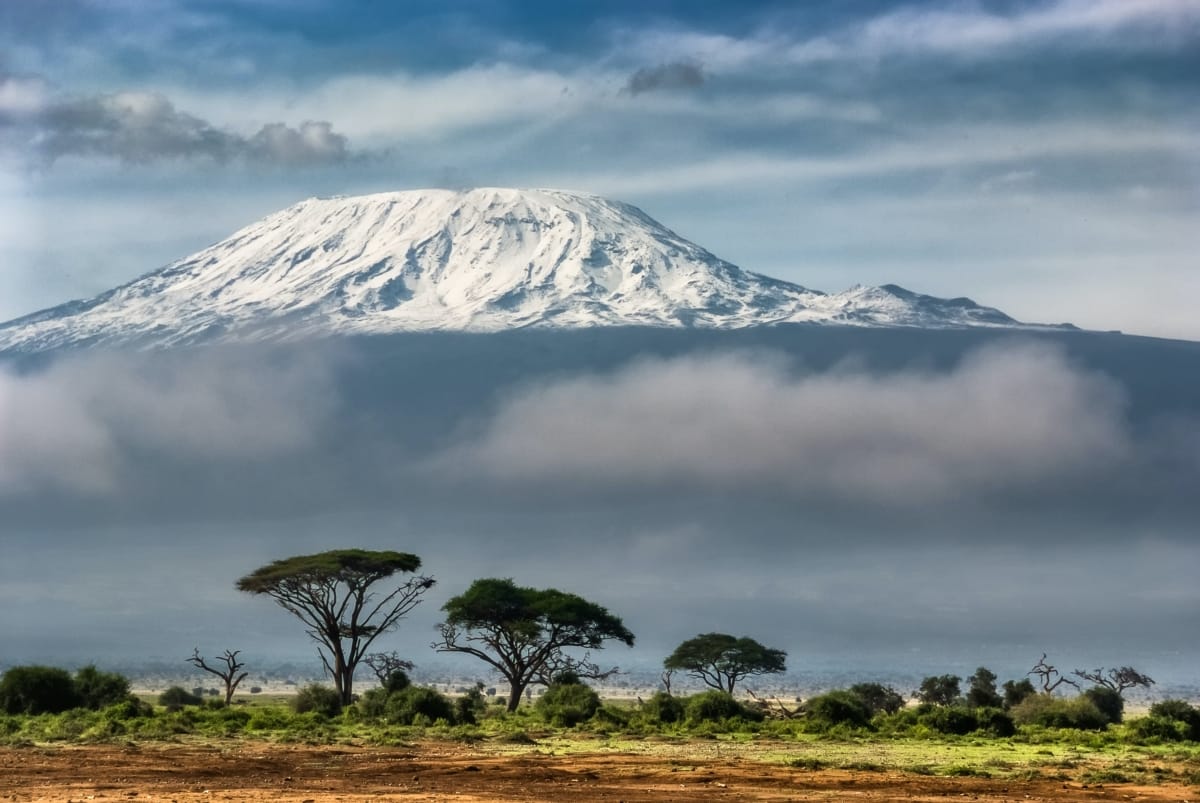
Embarking on the Ultimate Adventure
Climbing Mount Kilimanjaro is a once-in-a-lifetime experience that offers breathtaking views, diverse wildlife, and a sense of accomplishment. However, it's crucial to be well-prepared for the challenge. In this article, we'll delve into the most frequently asked questions about climbing Kilimanjaro, providing you with the essential information to ensure a successful and enjoyable journey.
Q: What is the best time to climb Kilimanjaro?
The best time to climb Kilimanjaro is during the dry season, from mid-June to mid-October and from December to mid-March. These periods offer clear skies, mild temperatures, and minimal rainfall, making it ideal for climbing.
Q: How difficult is the climb?
The climb is challenging, with steep inclines, high altitudes, and unpredictable weather. Climbers should be physically fit and mentally prepared for the demands of the mountain. The climb is not technical, but it requires endurance and stamina.
Q: What are the different routes to the summit?
There are seven established routes to the summit, each with its unique characteristics and challenges. The most popular routes are the Marangu Route, Machame Route, and Lemosho Route. The choice of route depends on your experience, physical condition, and personal preference.
Q: Do I need to hire a guide or join a group?
Yes, it's mandatory to hire a licensed guide or join a guided group. Guides provide valuable expertise, ensure safety, and enhance the overall experience. They are knowledgeable about the mountain, its conditions, and the best routes to take.
Q: What kind of gear and equipment do I need?
Essential gear includes hiking boots, layers of clothing, rain gear, a sleeping bag, and a backpack. Climbers should also bring sun protection, a first-aid kit, and a water bottle or hydration pack. It's crucial to check the condition and quality of your gear before embarking on the climb.
Q: How do I prepare for high altitude?
High altitude can cause altitude sickness, which can be fatal if not recognized and treated promptly. Climbers should ascend gradually, allowing their bodies to acclimate to the higher elevations. Drinking plenty of water, eating nutritious food, and getting enough rest are also essential.
Q: What kind of safety measures are in place?
Kilimanjaro National Park has implemented various safety measures, including emergency oxygen, first-aid kits, and rescue teams. Guides and porters are trained in emergency response and evacuation procedures.
Q: How much does it cost to climb Kilimanjaro?
The cost varies depending on the route, guide service, and amenities. On average, a climb can cost between $2,000 and $5,000 per person, including guide fees, park fees, and equipment rentals.
Reaching New Heights
Climbing Kilimanjaro is an adventure of a lifetime, offering breathtaking views, diverse wildlife, and a sense of accomplishment. By understanding the essential FAQs, you'll be well-prepared for the challenge, ensuring a successful and enjoyable journey to the rooftop of Africa.


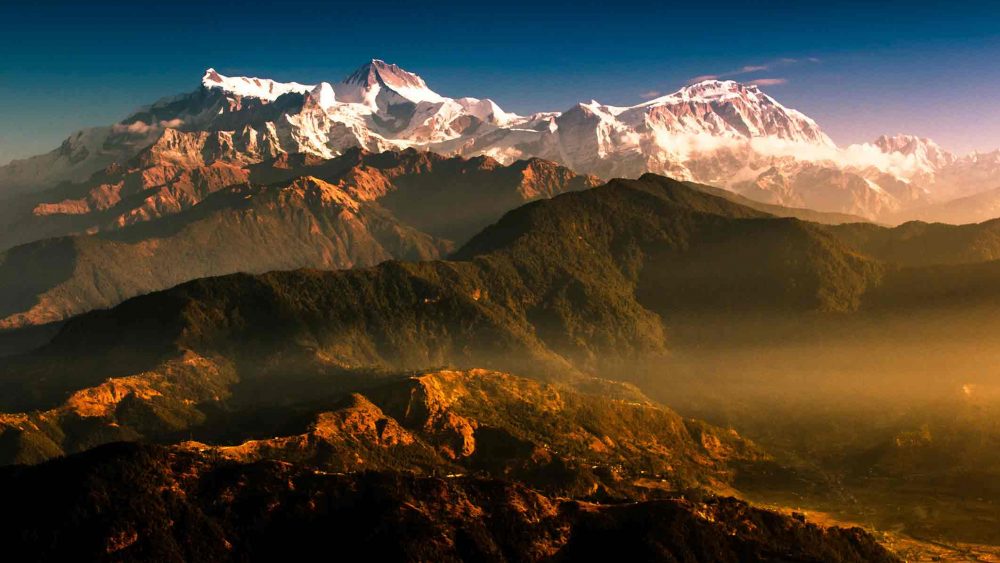


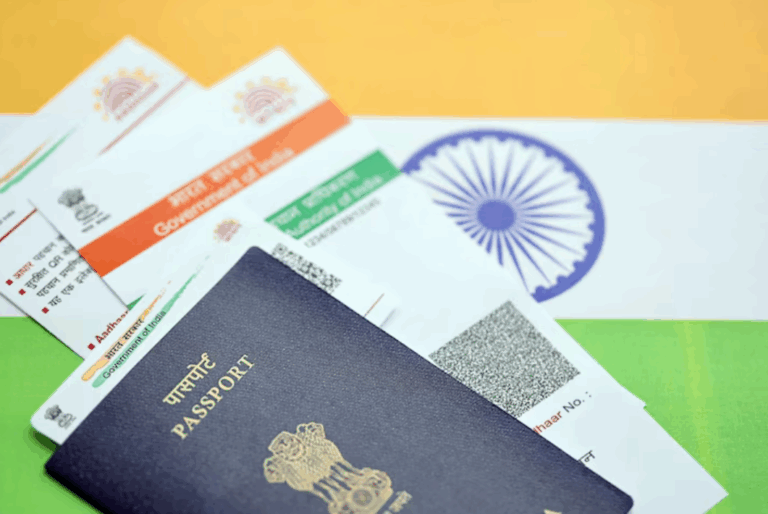
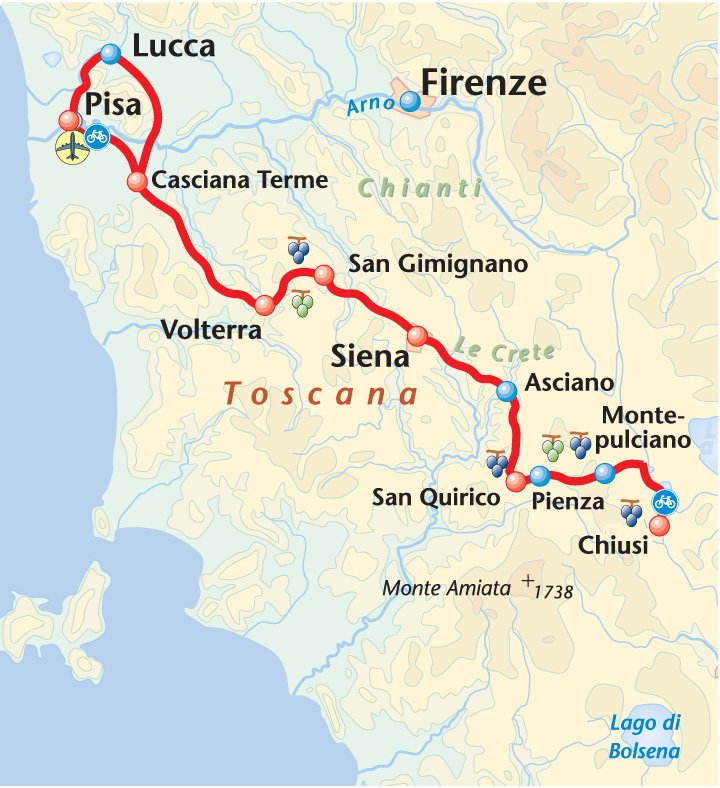

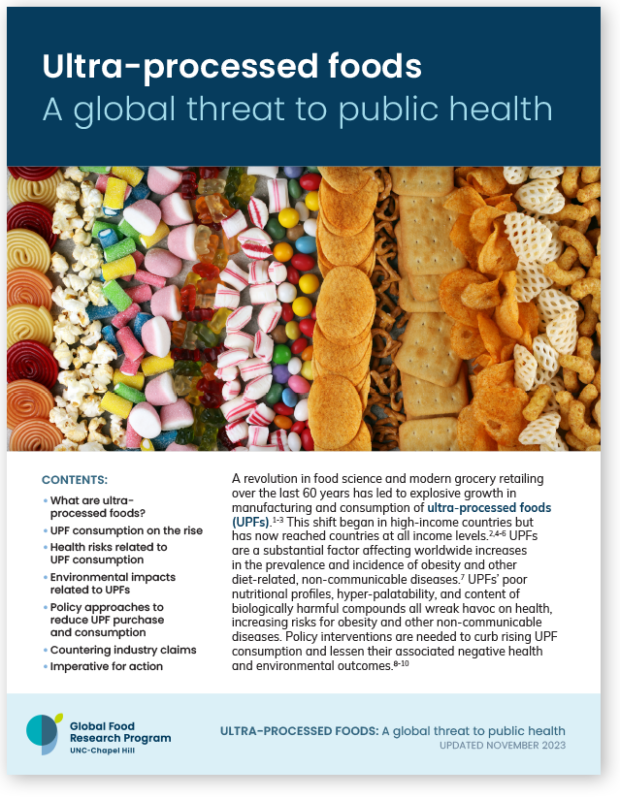




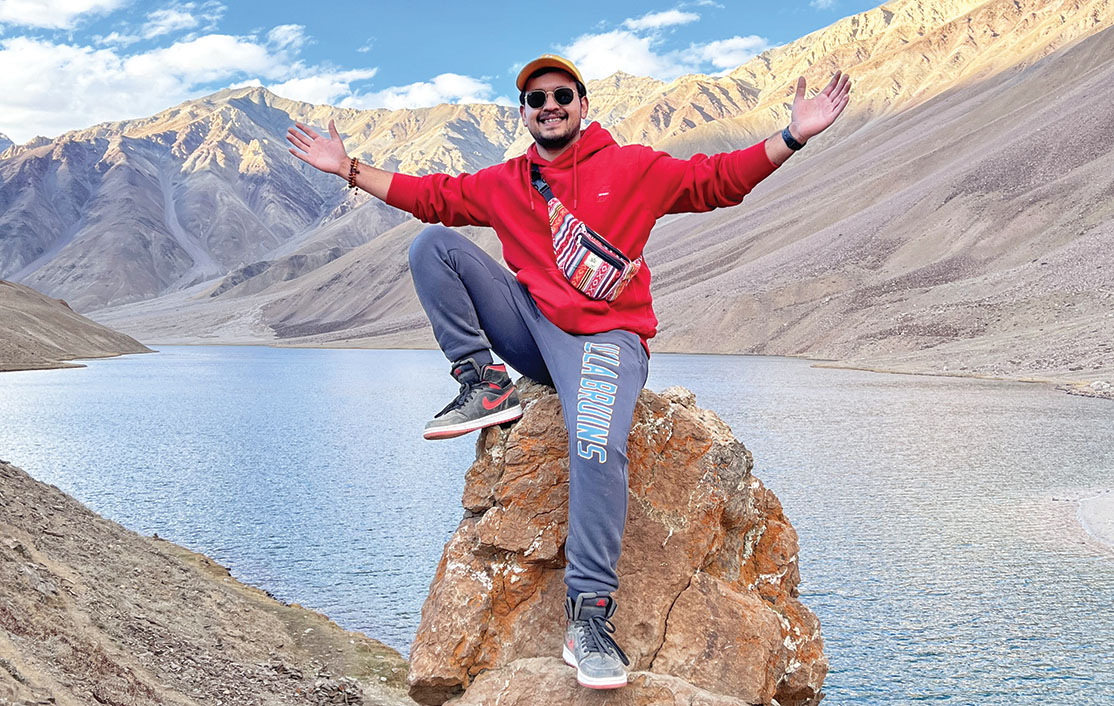
Comments ()